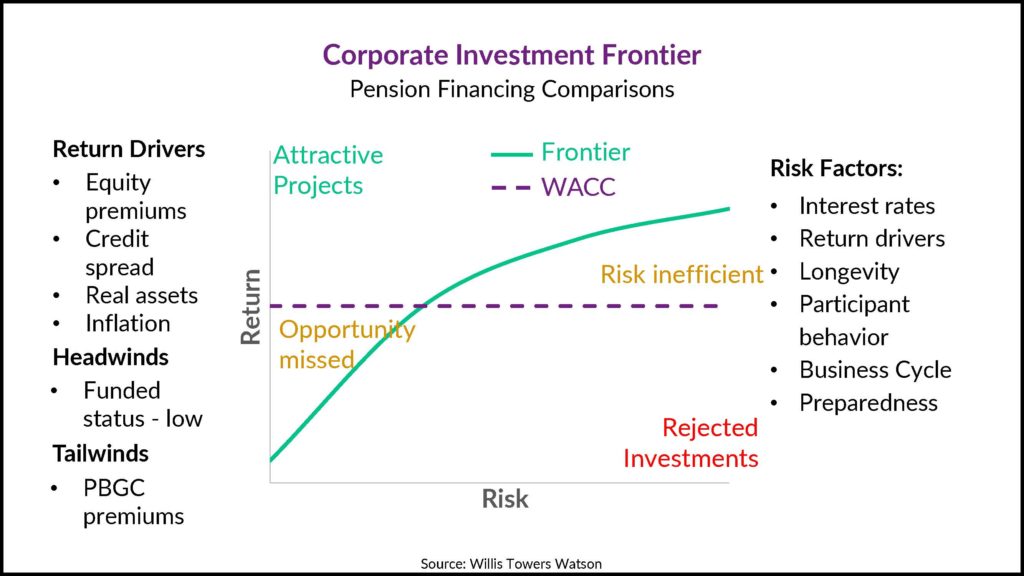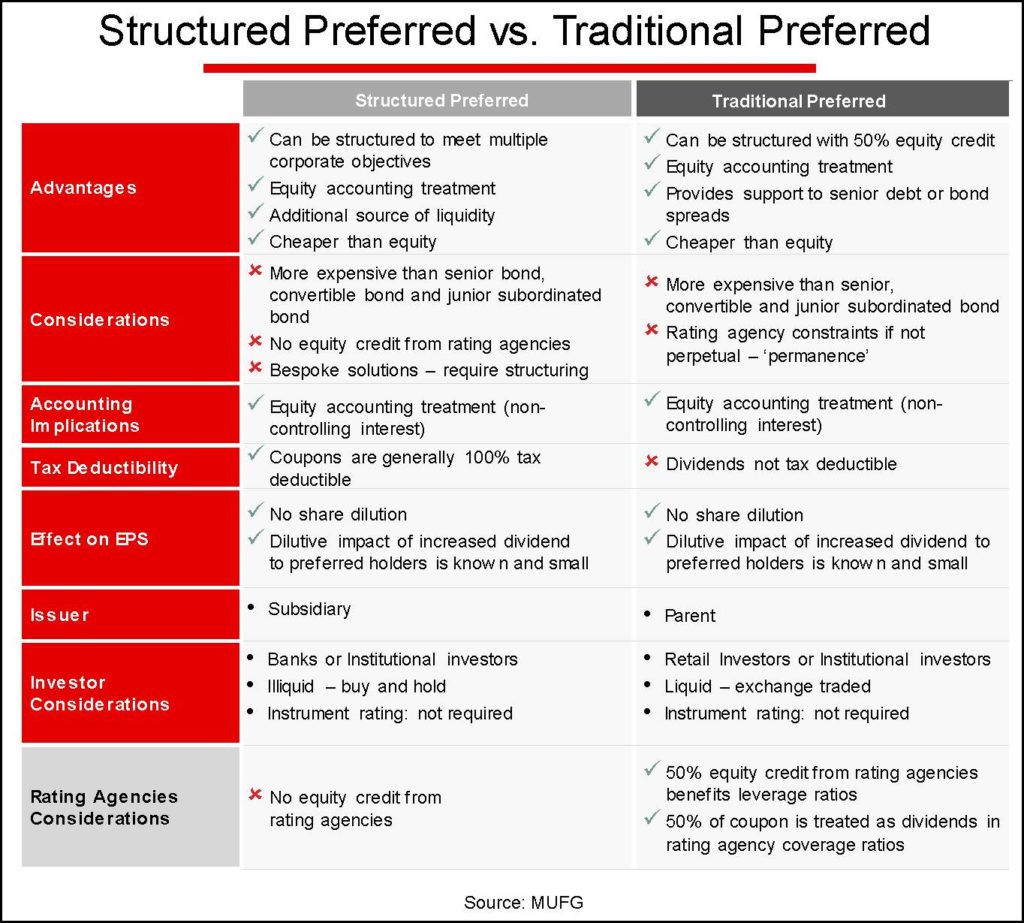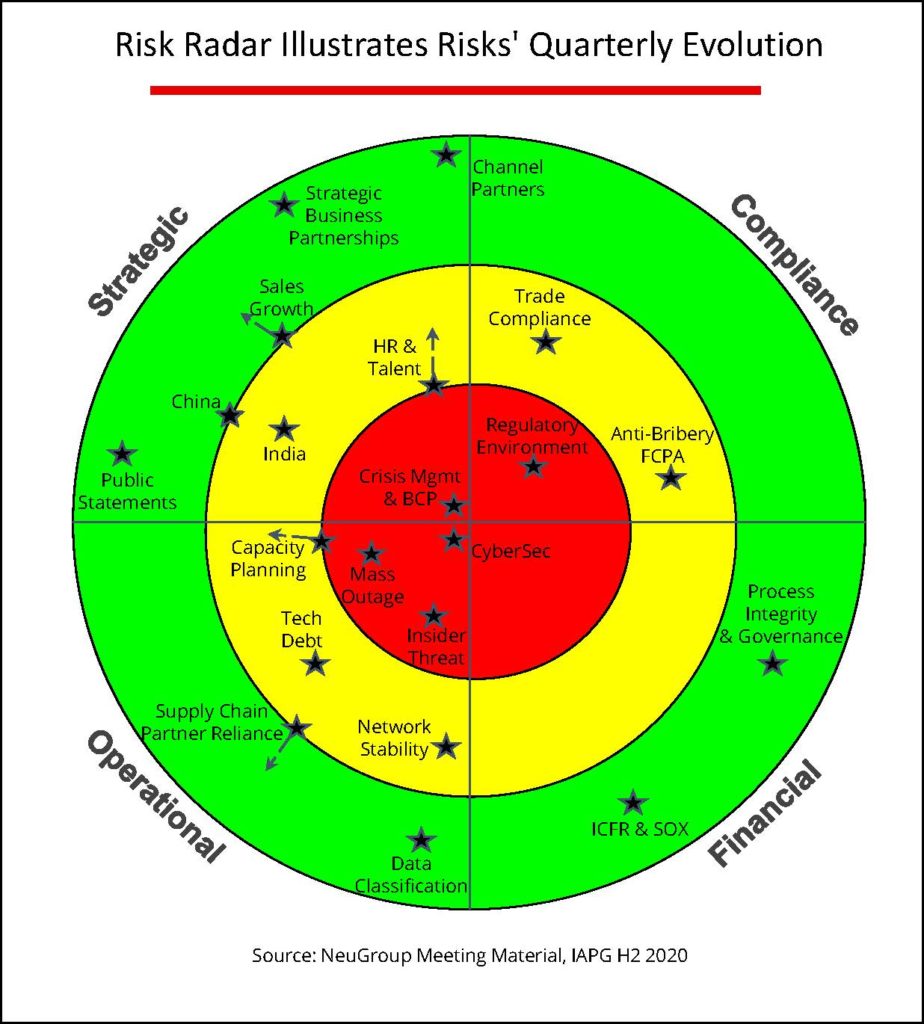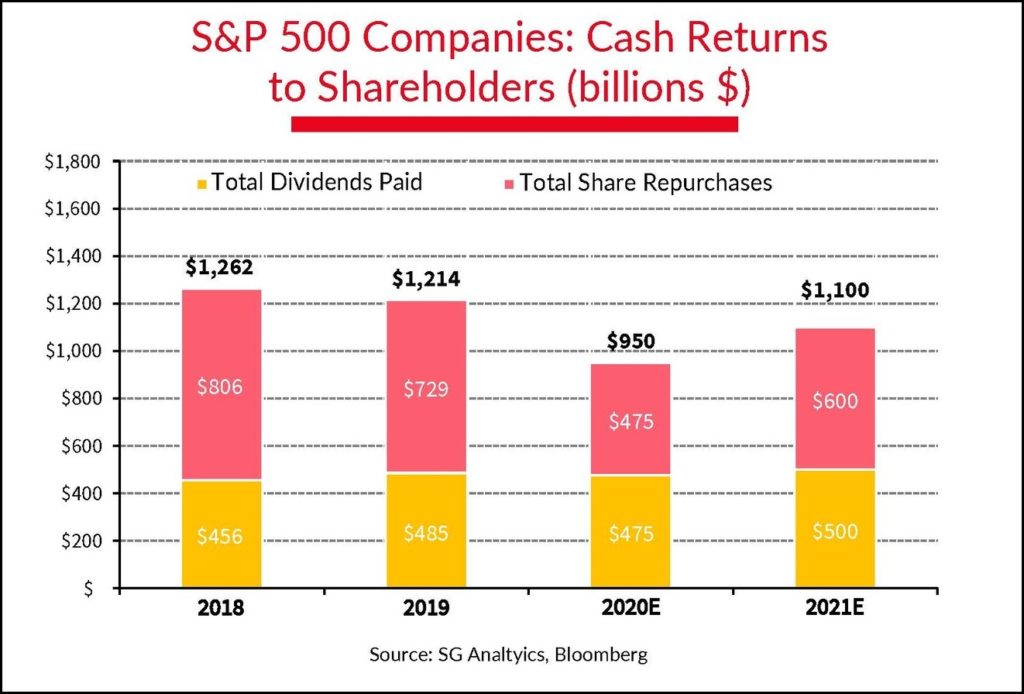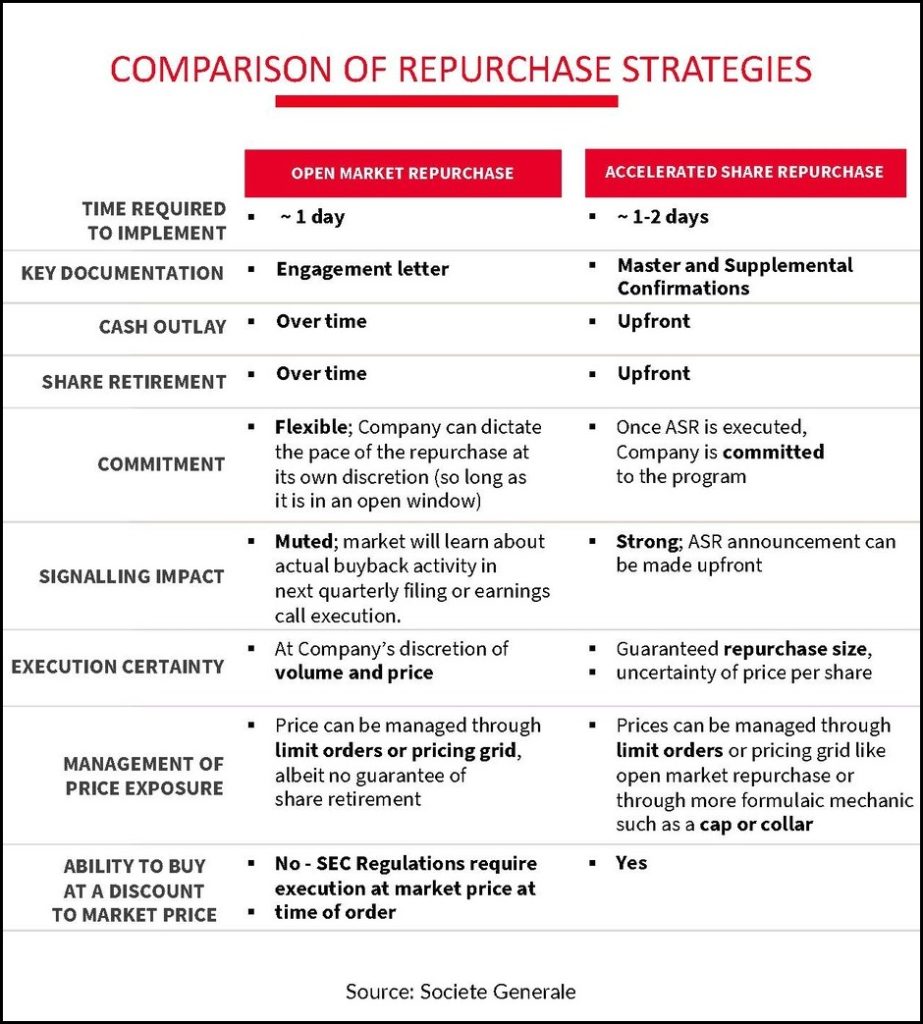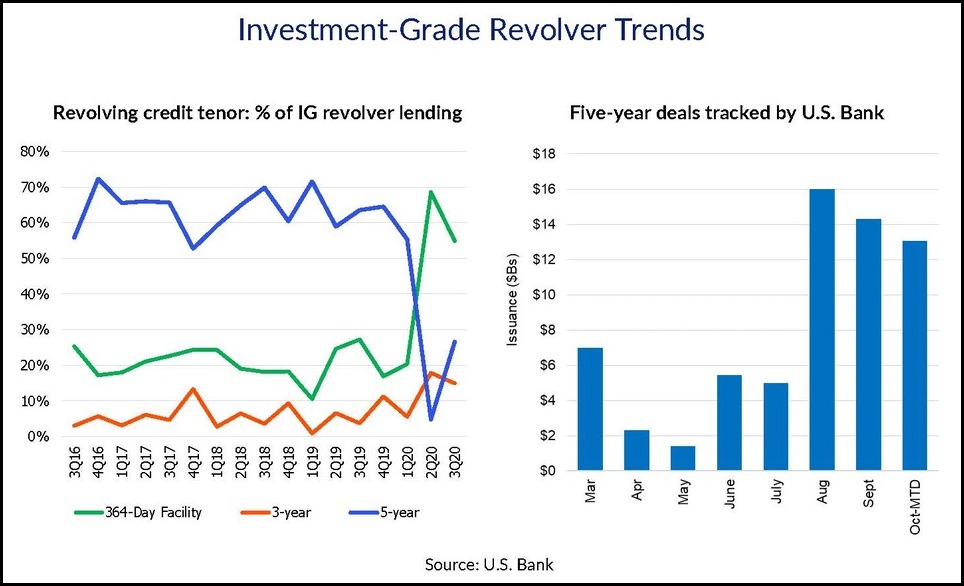
Takeaways on a proposal backed by the Fed that would allow more legacy Libor contracts to mature.
Libor relief? Monday brought news that US regulators welcome a proposal by Libor’s administrator to offer an additional 18 months—until June 30, 2023—for legacy contracts to mature before Libor fully winds down. Reuters called the plan a “stay of execution.”
Takeaways on a proposal backed by the Fed that would allow more legacy Libor contracts to mature.
Libor relief? Monday brought news that US regulators welcome a proposal by Libor’s administrator to offer an additional 18 months—until June 30, 2023—for legacy contracts to mature before Libor fully winds down. Reuters called the plan a “stay of execution.”
What it means for corporates. We reached out to Amanda Breslin, managing director of treasury advisory at Chatham Financial, to get the significance of this for companies with debt or derivative exposure to Libor. Here, edited for space, are some of Chatham’s key takeaways and analysis.
- A win. The extension of Libor is a win for market participants, allowing a more orderly transition from Libor to SOFR and letting debt and associated derivatives transition more naturally as legacy contracts mature.
- But the reality is that corporates that are able to take advantage but decide to amend or refinance debt prior to the extended deadline would likely move to SOFR at that time regardless of the extension.
- Complexity. The extension introduces complexity as corporates are navigating a wider array of potential fallback outcomes over a longer period of time. Different market participants will likely adopt a more aggressive move to SOFR at different paces, with corporates being subject to the pace of each of their counterparties and contract partners.
- This means that there’s an extended period where a corporate might have legacy IBOR instruments, new SOFR instruments, and potentially even instruments where they’ve already negotiated some type of fallback provision or index reference change that may not be an exact match for either (e.g., a SOFR-based rate that compounds differently, or some non-standard spread adjustment, or a specific date for an index change to take effect).
- Operational preparation. Market participants still need to be prepared to support accounting, system valuations and payment calculations for all Libor- and SOFR-based instruments, and may now have a wider range of operational support required over a longer time frame.
- If the preliminary time frames hold, this only buys time out to 6/30/23. While certainly useful and definitely a big win, there are still many Libor-based instruments that do not mature until well after that, particularly on the debt side.
- Clients still need to plan how they’d like their debt and derivatives documentation to align, and also to determine whether staying with Libor is a desirable strategy or just a convenient one.
- Since many corporates now have debt with customized Libor fallback provisions, it may not be beneficial to leave the associated hedges unchanged. In essence, this creates one more possible path to align debt and derivatives, but it’s also one more avenue to misalign on Libor fallback provisions.







